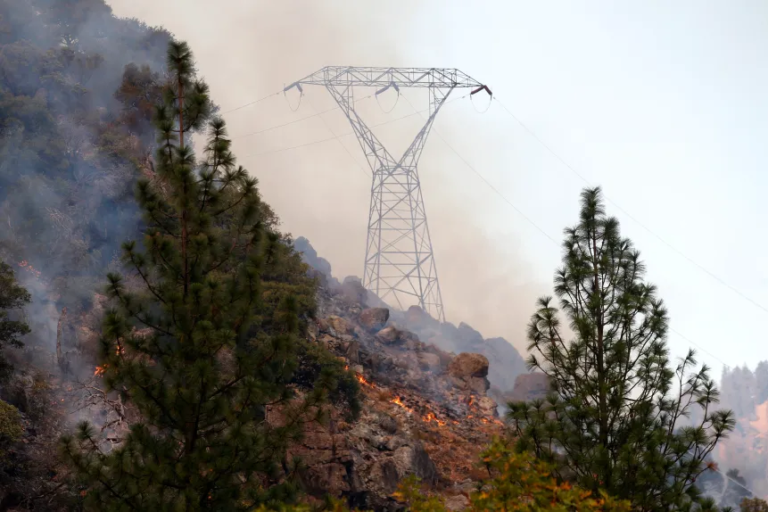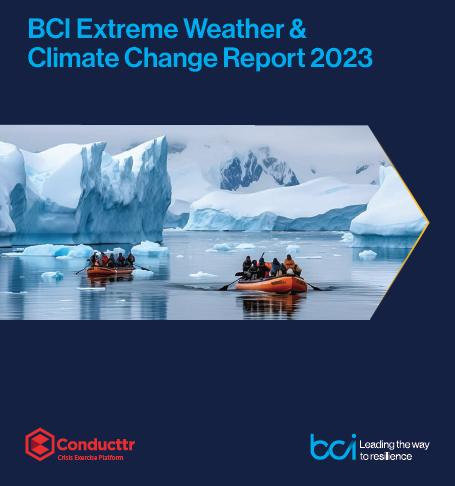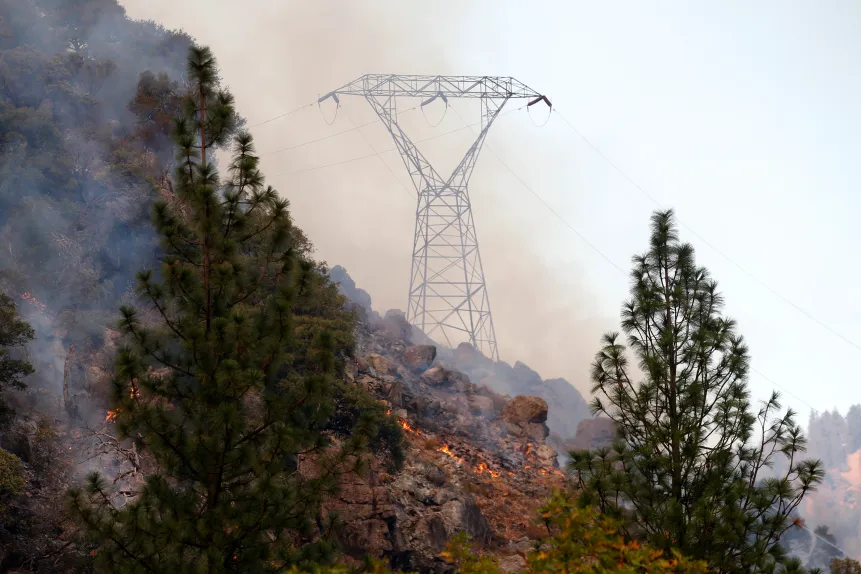
Fortifying Remote Work Infrastructure in the Face of Climate Change
Climate change, once a distant theoretical concern, has now become a palpable reality affecting many facets of our daily lives.
In recent weeks alone, the impact has been felt in Pakistan, with devastating floods affecting over 33 million, a record-breaking heatwave in Europe causing wildfires, drought and deaths and the *“worst drought in 1200 years” in the US causing crop shortages, wildfires and water shortages.

Just last week, Libya was devastated by floods that killed over 11,000 people and displaced tens of thousands more. The floods were caused by heavy rains and two dam collapses. Scientists have suggested that this even was made many times more likely as a result of climate change.
The rise in unpredictable weather events, natural calamities, and infrastructure disruptions, stemming from climate change, poses significant challenges for businesses. These issues are not merely distant concerns; they are increasingly impacting us directly.

The BCI Extreme Weather & Climate Change Report 2023, sponsored by Conducttr
The recent survey by #theBCI, conducted in collaboration with #Conducttr, shed light on this growing concern: a staggering 80% of respondents reported an increase in climate-related disruptions over the past five years.
In this volatile climate landscape, staff such as traders, doctors, lawyers, call center staff and crisis managers and many more require solid power and internet connectivity to continue their work whether they work in the office or remotely.
While the pivot to remote working has undeniably improved organisational resilience in many ways, it’s essential to recognize that this approach is not without its unique set of challenges that require adept risk management.
One prominent concern is the downsizing of office spaces to capitalize on the home-working trend. This reduction in physical infrastructure might leave organizations ill-prepared to accommodate remote workers who may need to return to the office, especially during unforeseen disruptions.
Similarly, situations where extreme weather events lead to power or internet outages at employees’ homes may prevent them from commuting to the office due to the very conditions causing the disruption. Moreover, there’s the compounded risk where both the office premises and employees’ residences are simultaneously affected by power or internet failures. These scenarios underscore the importance of a comprehensive resilience strategy that accounts for both conventional and evolving challenges in our increasingly flexible work environments.
Taking these scenarios into account it is clear that organisations need to ensure resilience for the remote work environments. This is more complex than it seems and needs a simply deployed, standardised solution that can be controlled and managed by the central infrastructure team.
Reskube’s integrated solution meets these requirements and ensures that vital services are uninterrupted, so reducing the vulnerability of organizations to disruptions. A simple to deploy and standardized solution, it is designed to integrate into the existing network management systems and support.

Reskube Home Pro’s emphasis on simplicity, in the midst of an increasingly complex environment, is its standout feature. Its user-centric approach ensures a seamless remote working experience, devoid of the technical complications typically associated with setting up a dedicated, enterprise-class network. With centralized management capabilities, there is no need for technicians to visit at remote sites.

As the world grapples with the ramifications of climate change, resilience becomes the watchword for businesses. Reskube Home underscores the importance of this resilience, offering a robust support system for firms navigating unpredictable climate scenarios. By guaranteeing business continuity even when faced with unforeseen climate events, Reskube empowers companies to remain adaptable, efficient, and competitive.
As the frequency of climate disruptions increases, businesses need proactive, reliable solutions. Reskube Home Pro emerges as a simple solution to a surprisingly complex problem – providing a blend of power, connectivity, and resilience to diverse remote sites where there is limited technical resource.
*Rapid intensification of the emerging southwestern North American megadrought in 2020–2021: https://www.nature.com/articles/s41558-022-01290-z
Join our mailing list!





